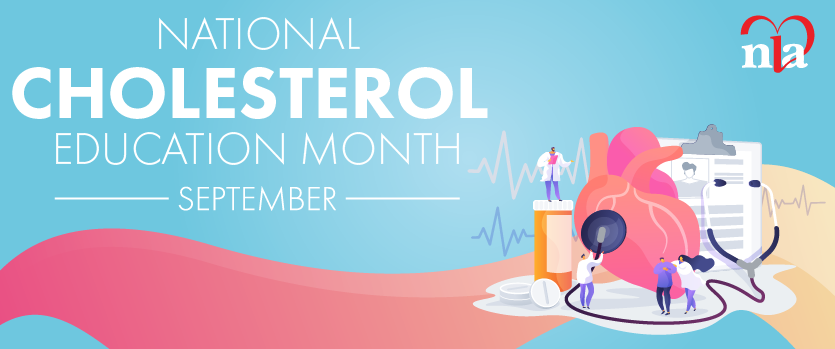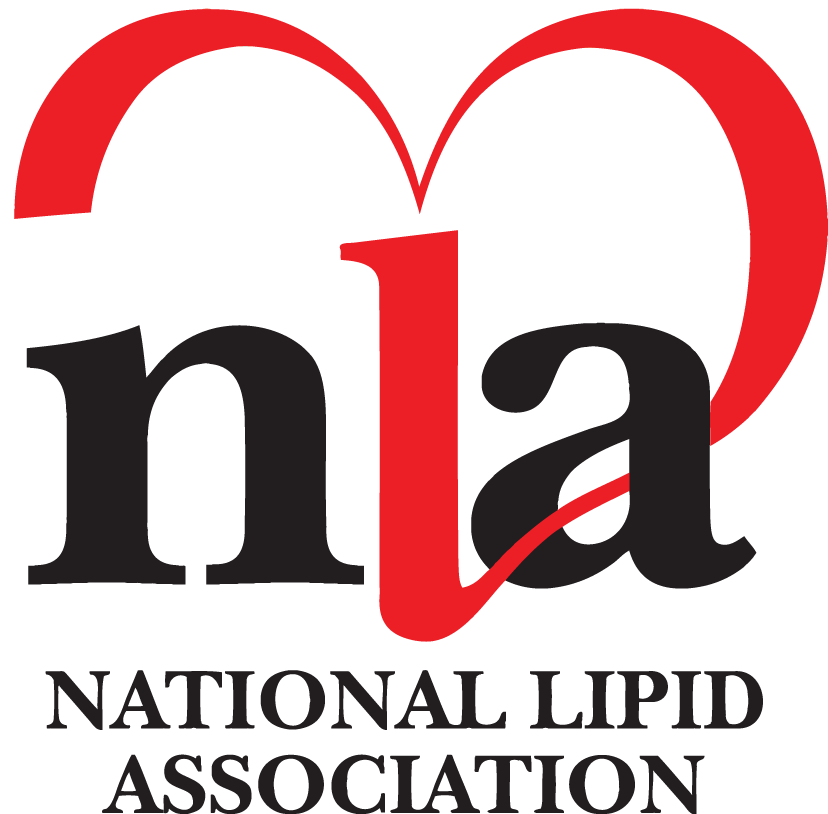“A pessimist sees the difficulty in every opportunity; an optimist sees the opportunity in every difficulty.” – Sir Winston Churchill
Like many specialties, being a specialist in clinical lipidology is an ongoing process, if not a pathway. Many of us made the decision to enhance our careers and take this pathway for different reasons. Personally, as an interventional cardiologist, it was treating at 4 a.m. a young patient with recurrent unstable angina despite several prior angioplasties. Reading through the medical record, it was clear that his lipids were blatantly under-treated by his primary care physician (PCP). Although the success of a well- performed intervention should not be minimized, to paraphrase renowned preventive cardiologist Bill Kannel,1 the treatment of advanced cardiovascular disease represents a failure of early diagnosis and prevention.
 We should be doing better than practicing interventional palliation. The specialty of clinical lipidology offers certification for physicians and our many allied health professionals. This provides not only credibility through credentialing and advancement through knowledge, but the structure of a multidisciplinary team, refined by the unique vision of the National Lipid Association (NLA). This multi-faceted curriculum is rarely found in other sub-specialties. A star may win the game, but it’s the team that wins the championship, so this unique “team approach” should not be underestimated.
We should be doing better than practicing interventional palliation. The specialty of clinical lipidology offers certification for physicians and our many allied health professionals. This provides not only credibility through credentialing and advancement through knowledge, but the structure of a multidisciplinary team, refined by the unique vision of the National Lipid Association (NLA). This multi-faceted curriculum is rarely found in other sub-specialties. A star may win the game, but it’s the team that wins the championship, so this unique “team approach” should not be underestimated.
When the 2013 American College of Cardiology/American Heart Association (ACC/AHA) cholesterol guidelines were published, the NLA — having not endorsed them — organized a rebuttal and published its own recommendations.2,3 As a specialist in clinical lipidology, it was and is our responsibility to study and learn the similarities and differences between these documents and wisely impart the necessary clinical reasoning and decision- making to guide treatment strategy. By understanding these differences, we create an opportunity to promote our specialty, teach, discuss, motivate, and inspire. In that sense, as specialists in clinical lipidology, we can play a unique role in the health of our patients. It could be considered our professional imperative (Table 1).
Moreover, as a specialist in clinical lipidology, we have been given the tools to practice prevention and focus on population health — a major priority in our nation’s healthcare future — and we can assume a major responsibility in the dissemination of this knowledge. It’s yet another opportunity as a specialist in clinical lipidology.
More specifically, let’s consider the importance of a lipid specialist in our everyday practice, and please allow me to catalog for you what I consider the “Seven Deadly Sins” that our colleagues who are not specialists in clinical lipidology might be guilty of committing by providing deficient lipid management despite their best intentions:
1. Declaring a patient “statin intolerant” and discontinuing statin therapy indefinitely without looking for the causes of their patient’s symptoms (subclinical hypothyroidism, drug-drug interaction, inappropriate dose in elderly patients, associated other co-morbidities, etc.)4
2. Not being familiar with the characteristics of statin-induced myalgia and not having a planned logistical methodology for assessing these symptoms and providing ongoing lipid therapy. These now are available by downloading an app.5
3. Treating lipids without having taken any time to read the available current guidelines and recommendations and, even if they have, not using good clinical reasoning in their application and realizing that there may be a difference between the so-called “average patient” in randomized trials and the real patient sitting in their waiting room.
4. Misinterpretation of the literature, leading to false biases and attitudes that may lead to questionable practice patterns. These misinterpretations take their origin in the lay media and various opinion pieces.
5. Not understanding the concept of residual risk, whether this means under-treating high triglycerides and elevated lipoprotein(a) [Lp(a)], not appreciating the importance of markers of inflammation in the atherosclerotic process, and not recognizing the importance of non- high-density lipoprotein (non-HDL) and apolipoprotein B (Apo B) or the fact that they even exist. How many clinicians are aware of the potential discrepancy between low-density lipoprotein cholesterol (LDL-C) and low-density lipoprotein particles (LDL-P) in high-triglyceride environments? The role of the clinical lipid specialist is to identify these issues and provide guidance for treatment (Figure 1).
6. The time and place for combination therapy now “written-off” as useless therapy by many providers.
7. Most importantly, not having the crucial conversation with their patient about diet and exercise and risk stratification. This talk should include educating patients, abolishing their fears and erroneous opinions, addressing their concerns and appropriately assessing their risk.
As a specialist in clinical lipidology, we have the expertise to interact with colleagues to avoid these common pitfalls and provide an invaluable service. This is our opportunity. I am sure you can name many other problems in lipidology that I’ve not included, but you get my point. Our role is vital.
If you still don’t suspect that our role as specialists in clinical lipidology is vital and unique, then consider who truly is qualified to prescribe our newer agents in the treatment of homozygous and heterozygous familial hypercholesterolemia and very-high-risk patients not at their treatment goals? Who is most qualified to use lomitipide, mipomersin, and the recently approved PCSK-9 inhibitors, alirocumab, and evolocumab? I hope, for the patient’s sake, it is the clinician who takes lipid management seriously and not perpetrators of the “Seven Deadly Sins.” In conclusion, we are sentries as we co-mingle with our colleagues on the hospital floors, in clinics, in our offices, and at meetings and conferences. It is our opportunity and responsibility to be lipid mentors, and we need to assume leadership roles in this domain. Albert Schweitzer said, “Example is not the main thing in influencing others. It is the only thing.”
Going beyond our individual communities, we as specialists in clinical lipidology also have the opportunity through our support and teamwork to influence state and national policy. In our very short history, the NLA has provided clinical lipid specialists with a comprehensive and sophisticated website, its own Journal of Clinical Lipidology and LipidSpin, divided the U.S. into five regions and generously supported regional programming as well as an annual national conference. For many of us, our role as specialists in clinical lipidology is an “add-on” to what we already did. But isn’t it surprising how it has opened doors and offered a fresh new challenge and a larger appreciation and effectiveness of a preventive and pro- active approach to patient care? I think the concept of being a specialist in clinical lipidology must reside not only in your head but in your heart.
On behalf of the Pacific Lipid Association (PLA), I congratulate and welcome all the clinical lipid specialists of the NLA and all those who are striving for that recognition. Our opportunity and responsibility in these exciting and challenging times is before us.
Disclosure statement: Dr. Greenfield has no disclosures to report.
References are listed on page 36.






.jpg)
.png)











